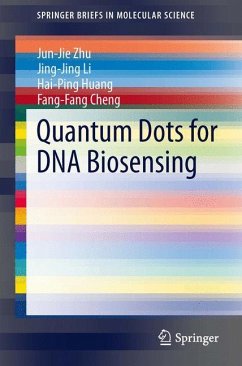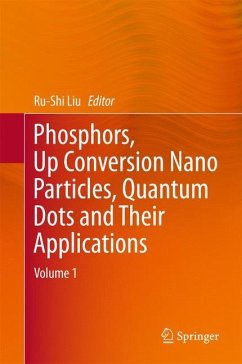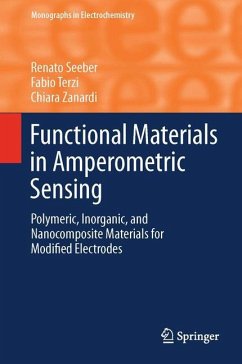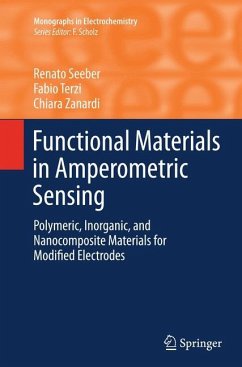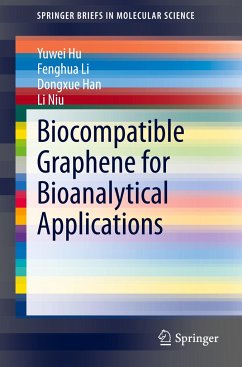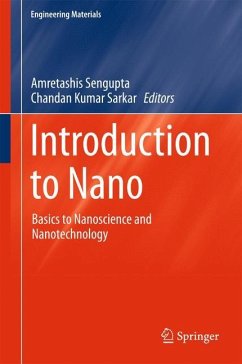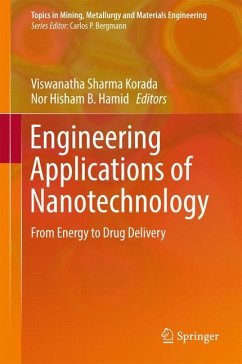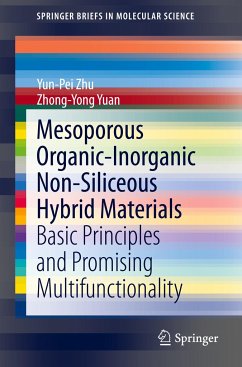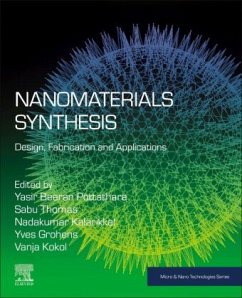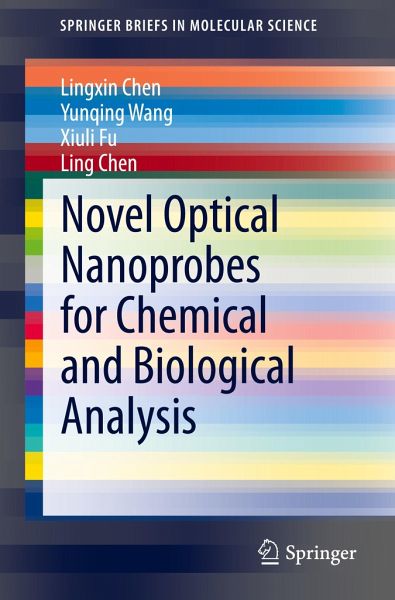
Novel Optical Nanoprobes for Chemical and Biological Analysis

PAYBACK Punkte
19 °P sammeln!
Novel Optical Nanoprobes for Chemical and Biological Analysis starts with a brief introduction to several kinds of versatile nanomaterials with novel optical properties, such as gold/silver nanoparticles, quantum dots, upconversion nanoparticles and graphene. It mainly focuses on the latest sensor design strategies, which apply the optical properties of nanomaterials to various detection techniques including colorimetry, fluorescence, and surface-enhanced Raman scattering (SERS). These sensors are attractive owing to their high sensitivity, high specificity, and potential for easy quantificati...
Novel Optical Nanoprobes for Chemical and Biological Analysis starts with a brief introduction to several kinds of versatile nanomaterials with novel optical properties, such as gold/silver nanoparticles, quantum dots, upconversion nanoparticles and graphene. It mainly focuses on the latest sensor design strategies, which apply the optical properties of nanomaterials to various detection techniques including colorimetry, fluorescence, and surface-enhanced Raman scattering (SERS). These sensors are attractive owing to their high sensitivity, high specificity, and potential for easy quantification of targets in many applications, such as conventional chemical and biological analysis, clinical diagnosis, and intracellular system sensing as well as single-molecule detection. The challenges and future perspectives for optical nanoprobes are also presented, such as the increase in sensitivity for real environmental and clinical samples, the design and application of multifunctionalnanoplatforms, and biocompatibility of nanomaterials.






